Suffolk joined the social media revolution on Friday when the Sawyer Business School’s Marketing Department presented Bridging the Gap, a one-day conference dubbed “a mash-up of academic frameworks and business applications” by its organizers.
Business leaders, marketers and academic experts stood up in Sargent Hall to pitch social media’s business and marketing strategies, as social media evolves in business conduction. “There is really one constant in social media, and that’s that it is changing,” said Dean William J. O’Neill Jr.
Of course, attendees’ tables were topped with laptops, iPads, iPhones, and BlackBerry devices. In fact, everyone was encouraged to follow the conversation on Twitter using the #btg11 hashtag.
Joselin Mane, CEO and founder of LITBeL Consulting LLC and founder of BostonTweetUp.com, announced the three keywords of the day as network, learn and share. “You not only learn from the best, but you get to connect with the best,” he said.
Academic keynote speaker Erik Qualman is the author of “Socialnomics” and global vice president of digital marketing at EF Education. “Look at what technology can do in a university setting.” One example is the use of eReaders allowing users to access notes not only from their own universities, but across the world. According to Qualman, 11 percent of GenY will reach for their iPhone and check their iPhone while engaged in extracurricular activities.
He also said social media is amplifying people rather than technology. “The customer and the company do the exact same thing. You need to have these daily pulse reports- daily, weekly, monthly.
“We don’t have a choice on whether we do social media. The question is how we do it.”
The first expert panel focused on emerging Facebook strategies and tactics. Countless businesses, organizations, places and products are on the Internet.
“It’s where people are living now,” said Brian Simpson, director of digital media and digital social hospitality at Vikram Chatwal Hotels. “Facebook really is community. It’s a really good tool to build relationships.”
Dan Zarrella, social media scientist and inbound marketing manager at HubSpot, pointed out Facebook as being the home of all markets. “Every time you do something [on Facebook], you’re performing. If [your market] followed you, they’re following you for a reason.”
“Anything we do should ultimately be for the people we communicate with, not to them,” said Simpson.
Zarrella advised “people will know when they’re interacting with a business or a human.”
The winning tweet of the conference, announced within the first half of the event, quoted Zarella himself:
Writer, author and social media consultant Paul Gillin gave an individual presentation regarding the return of investment (ROI) of social media, noting revenue and costs as significant types of financial impact and stressing the impact of analytics use.
Analytics track where Internet visitors are from, where they have been, how long they have been on the site, how many pages they have viewed, and who is sending traffic to the site.
Stone Temple Consulting Corporation President Eric Enge encouraged introducing search engine optimization (SEO) in marketing lesson plans, as websites must be understandable to search engines.
Enge also stressed engaging in social activity and recognizing social media signals (Twitter mentions, Facebook likes). “You get value from interacting with people [on Facebook].”
The role of blogging is an essential one in business. Brands with blogs attract 79 percent more Twitter followers, 55 percent more site visitors and 97 percent more inbound links than brands without blogs. The expert blogging panel consisted of John Deignton, professor of business administration at Harvard Business School, Michelle McCormack, LoveTheCool owner and Secret Boston founder, Ann Handley, author of “Content Rules” and chief content officer at MarketingProfs, and C.C. Chapman, “Content Rules” author and founder of Digital Dads.
“There is so much content out there that making something interesting and engaging is the challenge and the opportunity,” said Chapman. “Every piece of content you develop should be a part of telling your story.”
“Social media is a marathon, not a sprint,” said Julia Roy, vice president of marketing at Manilla.com. Noting the challenges of using Twitter in businesses, Roy said there is no right way to use Twitter, but there are wrong ways, and suggested direct communication over automated.
HubSpot’s Vice President of marketing Mike Volpe concluded the conference by telling the audience to “grow a brand by cultivation, not control… Stop thinking like advertisers; start thinking like publishers and socializers.”
As liking is the new linking:
“Social media is a tool. And it should be used by every department of your company.”




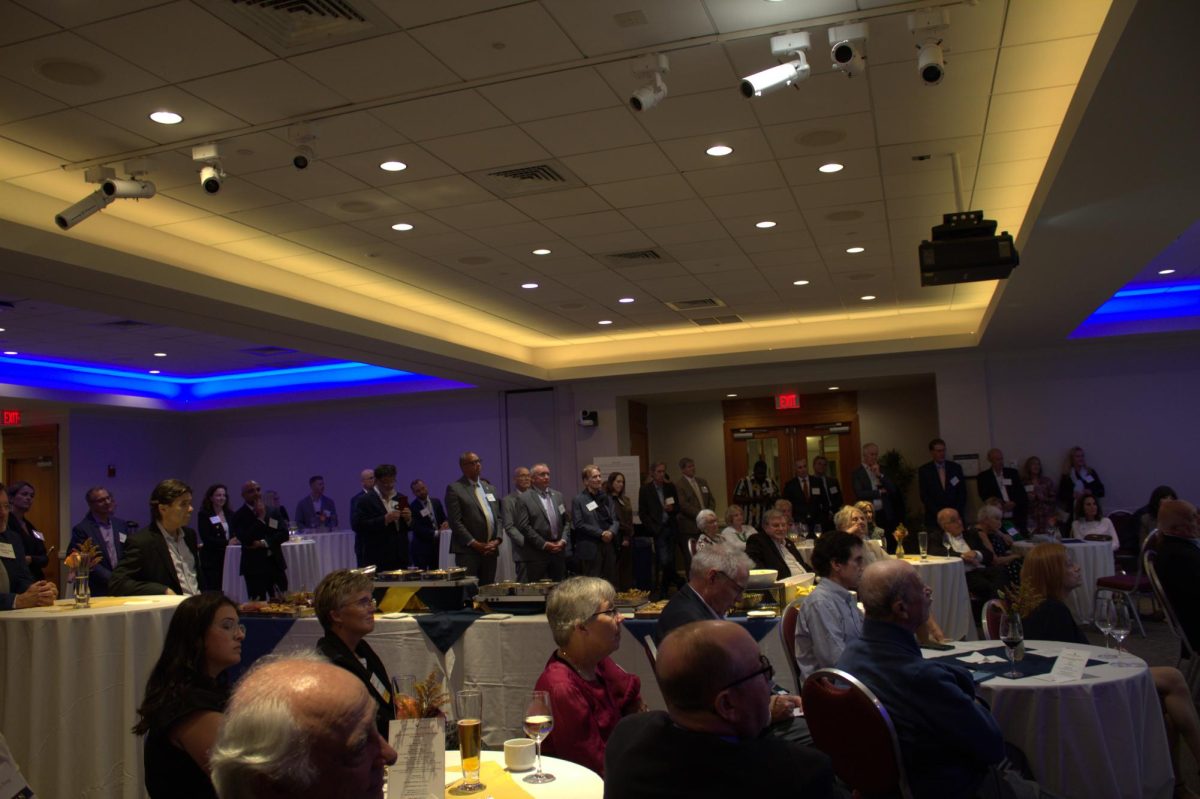
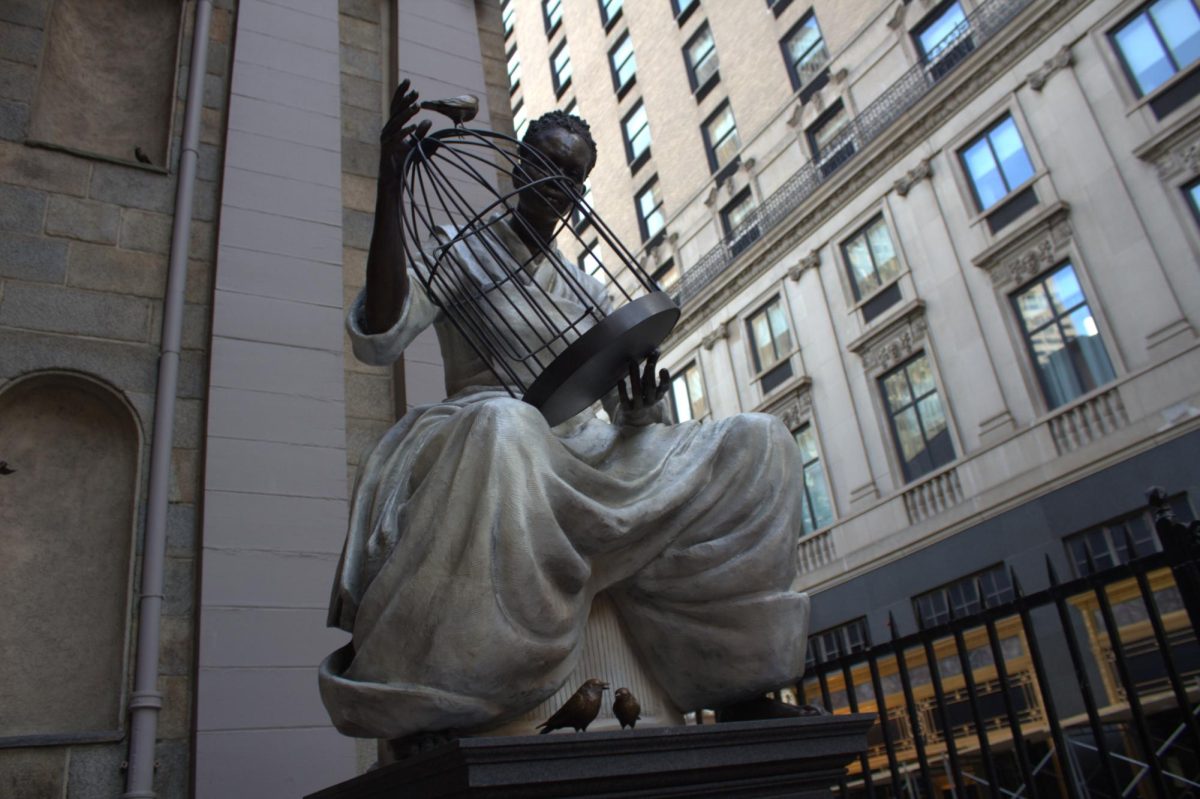


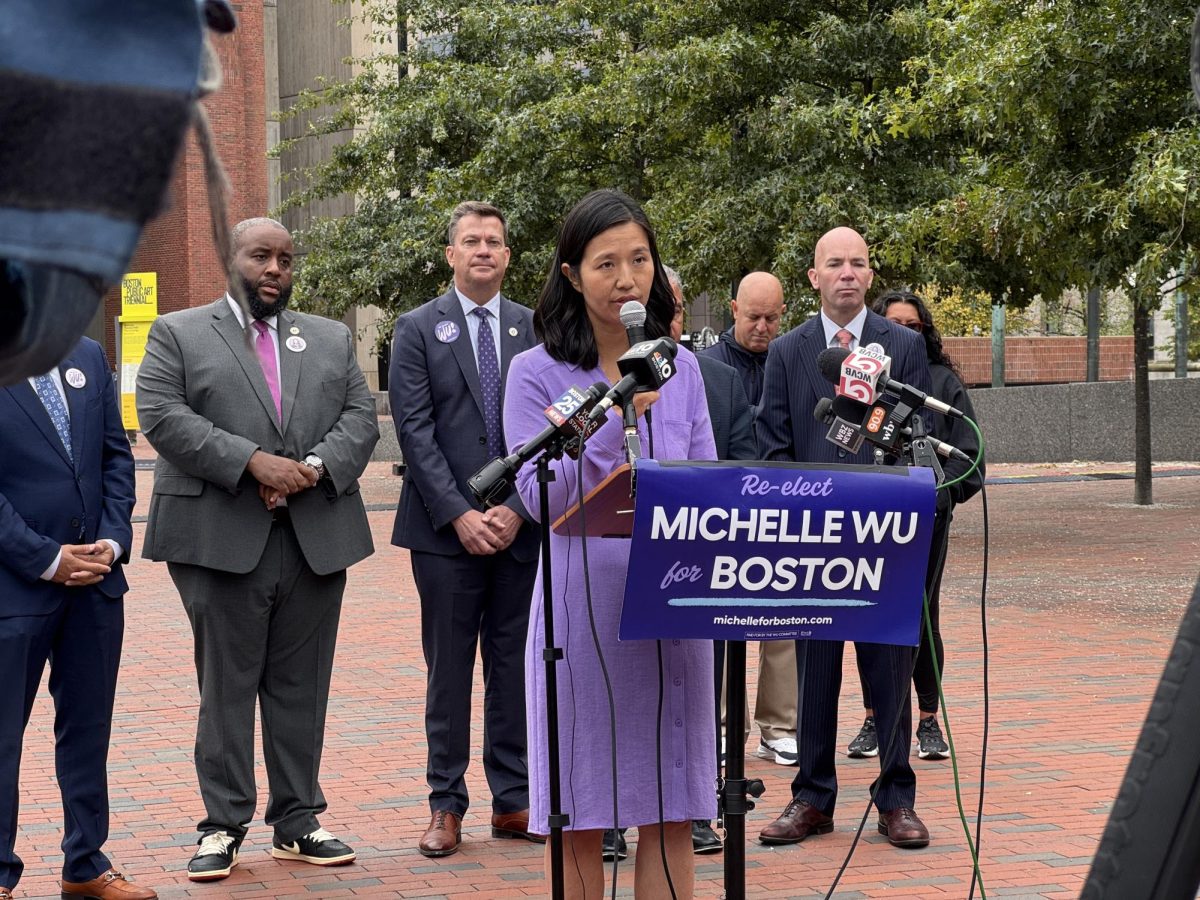



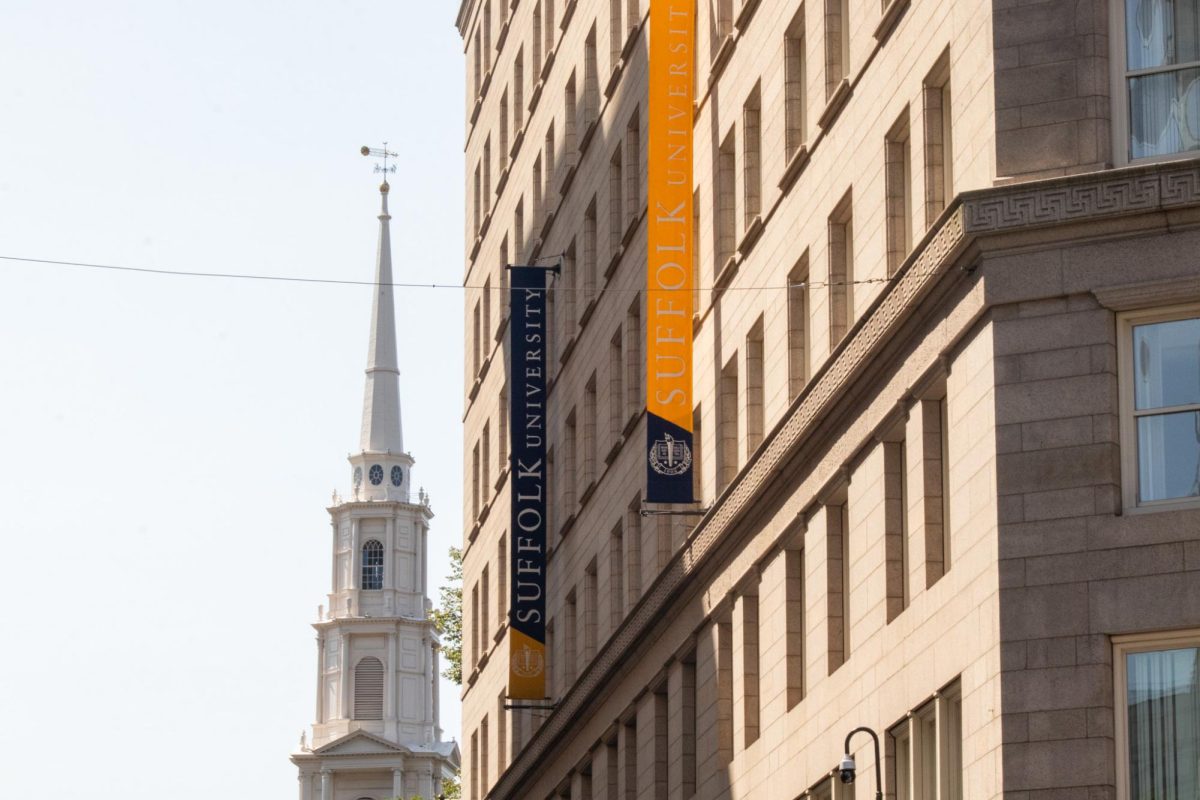
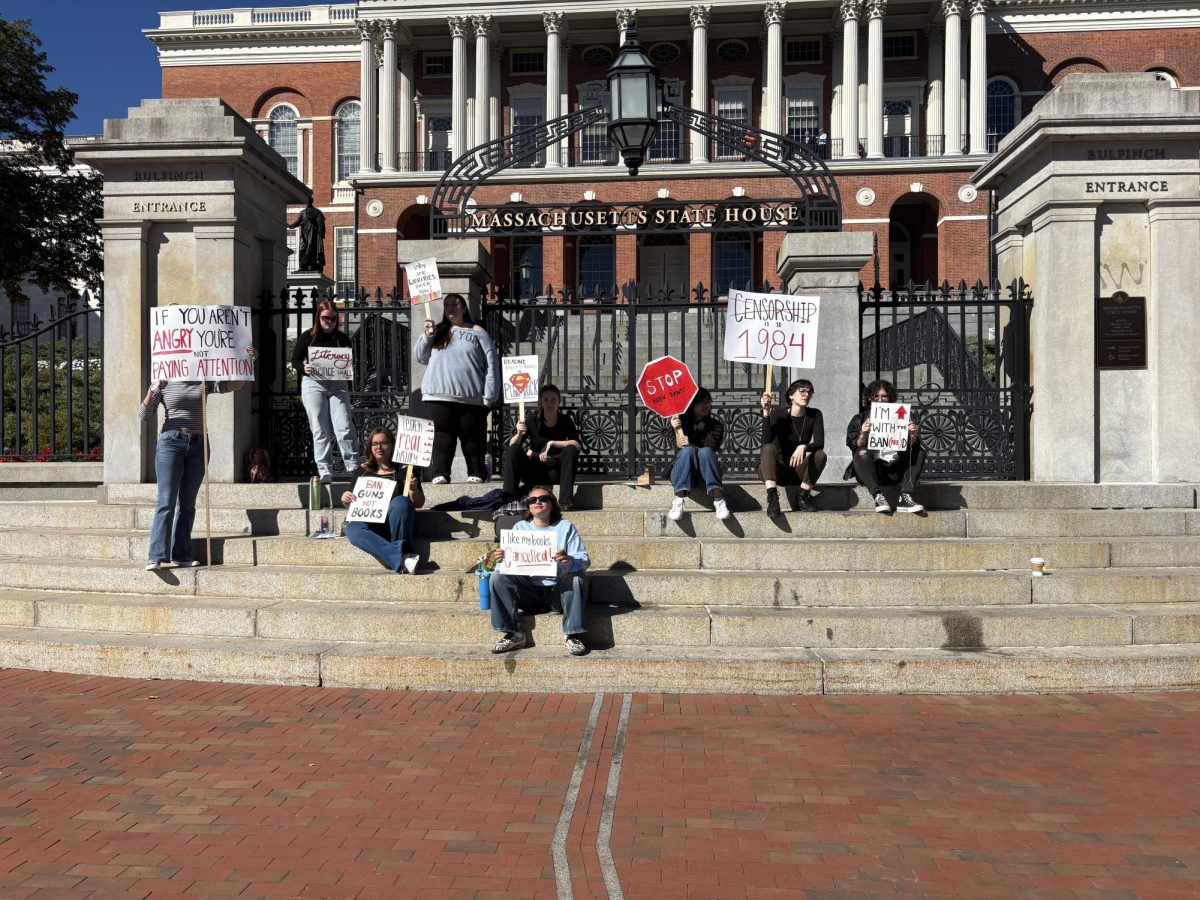
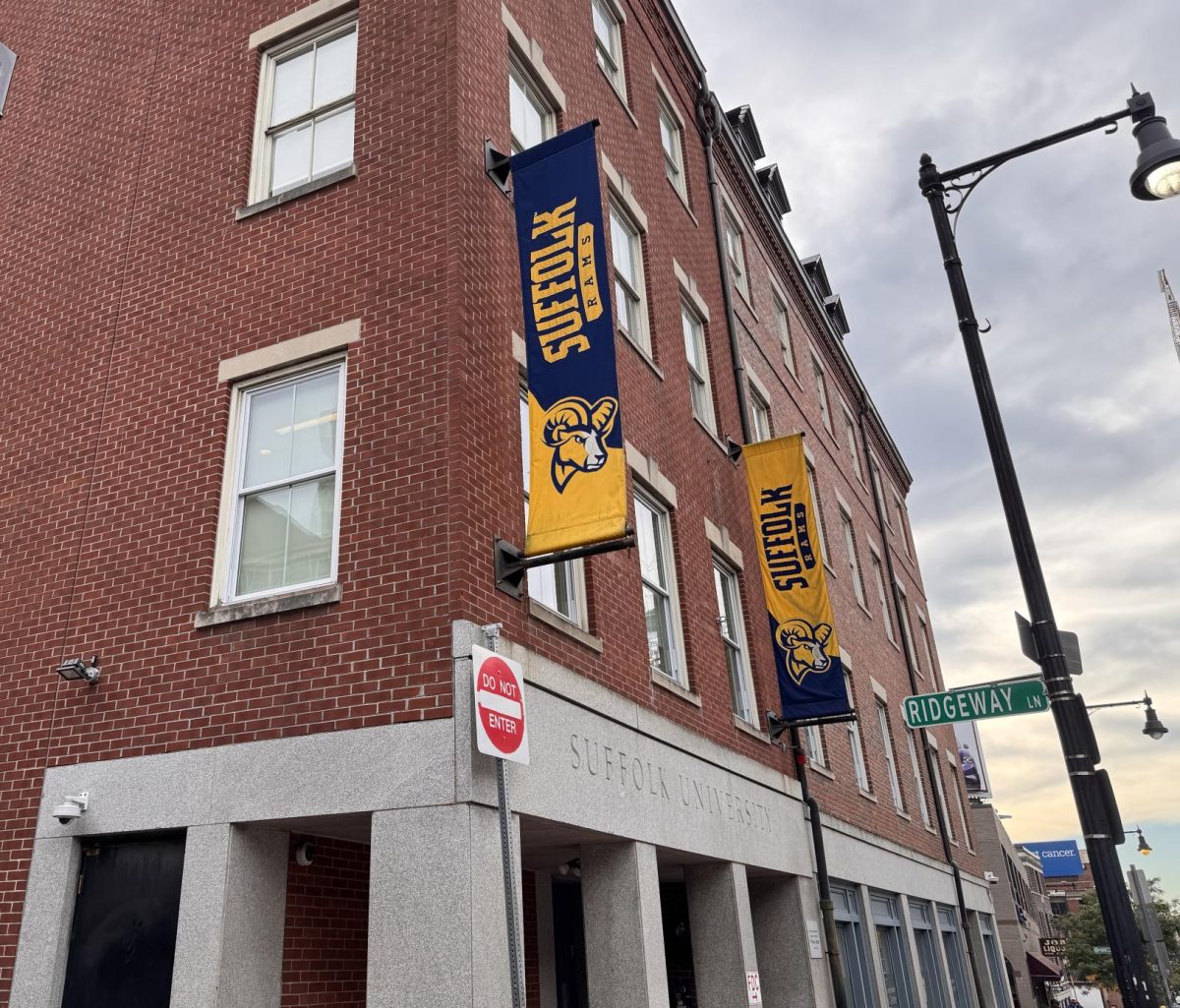






Eastline Ramdeo • Oct 6, 2017 at 5:38 pm
Social media has broken all of the barriers that those from history lived off, racism, caste systems, gender inequality and the list goes on. I am pleased to know that even if I am in my living room, the beach or relaxing at the park, I can speak my heart and know that I am being heard. I can hear the hearts of those in the distant and hear the cries of those that matter to me, but may not be important to those in power.
Thank you, to those who ensure my real freedom is protected!
Erik Qualman • Feb 24, 2011 at 5:51 pm
Good times Angela! Great summary. See you in the socialsphere or on Newbury Street.
Cheers – @equalman